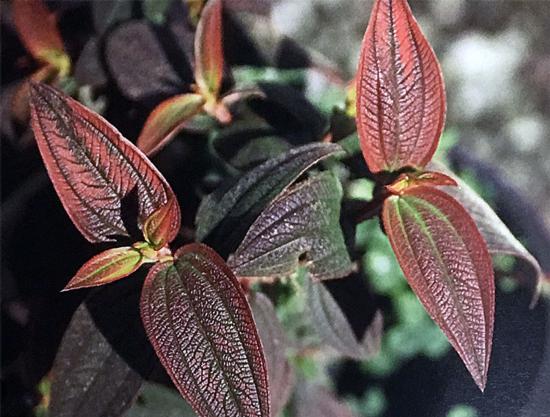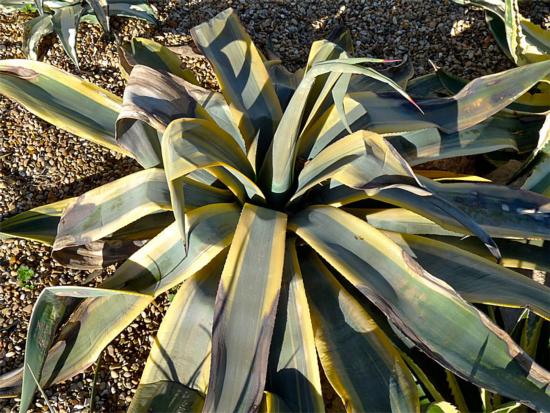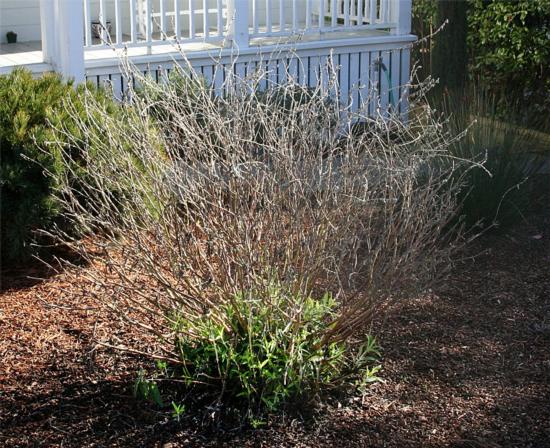Chilling Injury, Frost and Freeze Injury: What's the Difference?
Home » Fair Oaks Horticulture Center » Frost Protection » Chilling/Frost/Freeze Injury
Plant cells are injured when temperature drops below a critical level for a species. See pictures below.
Chilling Injury
Chilling injury is damage to plant parts caused by temperatures above the freezing point (32°F, 0°C). Plants of tropical or subtropical origin are most susceptible. Chilling-injured leaves may become purple or reddish and in some cases wilt. Both flowers and fruit of sensitive species can be injured.
Frost and Freeze Injury
The frost that appears on plants is simply ice crystals that form on the plant surface, equivalent of dew forming at temperatures above freezing. The frost itself does not damage plants; plants are damaged by ice crystals that form within their tissues.
Frost injury and freeze injury are closely related, and the damage looks the same. In both cases, ice crystals form in water-filled plant tissues, dehydrating cells and disrupting membranes. The result is collapsed and/or darkened plant parts.
Frost damage occurs during a radiation freeze; freeze damage occurs during an advection freeze.
- Advective freezes occur when an air mass with a temperature below freezing moves into an area and displaces warmer air, causing the temperatures of plants to become low enough for ice crystals to form within their tissues.
- Radiation freezes occur on clear, calm nights when plants radiate (lose) more heat into the atmosphere than they receive. This creates a temperature inversion in which cold air close to the ground is trapped by warmer air above it (the temperature of the air increases with altitude). When the air temperature at plant level is near or below freezing, the temperature of the plants is likely to be colder than the temperature of the air.
(Pictures enlarge)
Wait to prune out damage until after danger of frost has passed, and new growth begins in spring. Damaged leaves/branches help protect the plant crown and roots.
Additional information can be found on pages 133 to 138 in Abiotic Disorders of Landscape Plants: a Diagnostic Guide. (UC Publication 3420)







